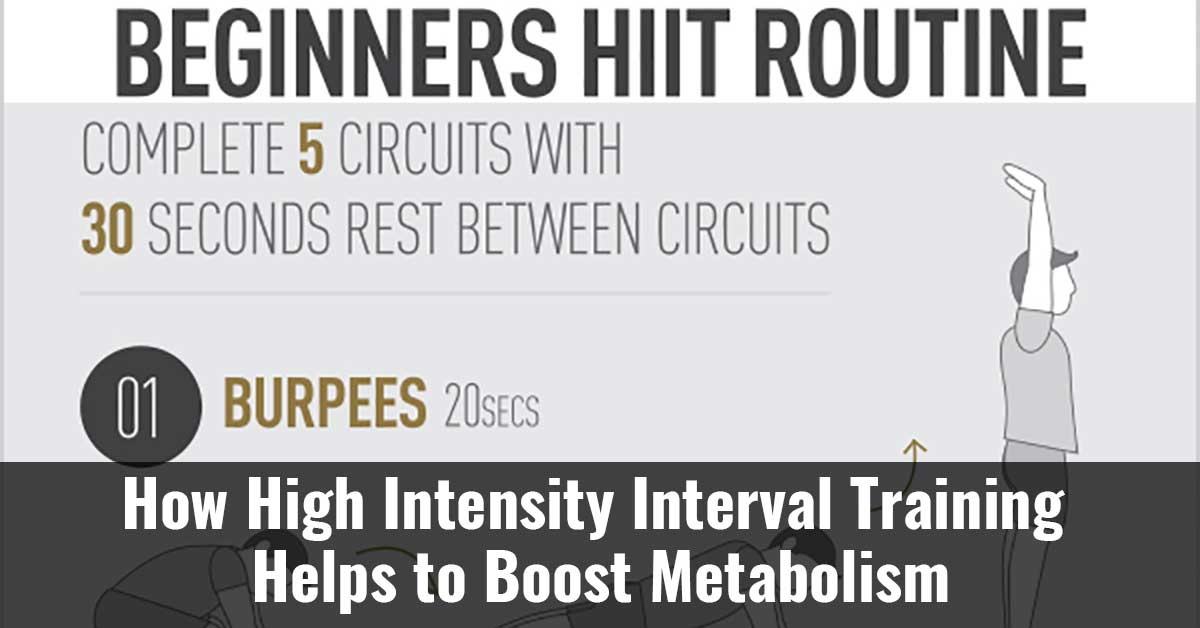The results of a study in men show how skeletal muscle adapts to high-intensity interval training, such as changes to processes that are necessary for the regulation of muscle contraction and metabolism.1✅ JOURNAL REFERENCE
DOI: 10.7554/eLife.69802
The results indicate that high-intensity interval training increases the number of skeletal muscle proteins that are necessary for energy muscle contraction and metabolism, and chemically changes important metabolic proteins. This could explain high-intensity interval training’s beneficial effects on metabolism and set the groundwork for more research looking at how exercise affects these processes.
Exercise has numerous beneficial effects that help in preventing and treating metabolic diseases which are likely caused by changes in skeletal muscle energy usage. The researchers wanted to have an understanding of how the protein content of muscles is changed by exercise and how it’s regulating the activity of the proteins by way of a chemical reaction known as acetylation. Acetylation can affect protein behavior and takes place when acetyl is combining with other molecules.
The researchers enlisted 8 untrained but otherwise healthy male participants for the study to undergo high-intensity cycling training for 5 weeks. The participants exercised 3 times every week, completing 4 minutes of cycling at a 90% or more target rate of their maximum heart rate with a 2-minute rest before repeating this pattern 4 to 5 times for each workout.
Making use of a method known as mass spectrometry, they analyzed the composition changes of 3,168 proteins in samples of tissue collected from the thighs of the participants before the study started and after the training was completed. Changes associated with 1,263 lysine acetyl-sites on 464 acetylated proteins were also examined.
The analyses revealed an increase in production of proteins which are used for building the cell’s energy producing mitochondria, and in proteins associated with the contraction of muscle. The researchers also identified an increase in the acetylation of mitochondrial enzymes and proteins that are involved in cellular energy production. Changes in the quantity of proteins which reduce the calcium sensitivity of skeletal muscle that’s essential for muscle contractions were also observed.
The study results confirm some well-known skeletal muscle protein changes that take place following exercise, in addition to identifying new changes. For instance, the calcium sensitivity reduction could explain why the contraction of muscle is harder after fatigue sets in. The study also indicates that exercise-induced changes in protein regulation when acetylation takes place could contribute to boosting metabolism.




